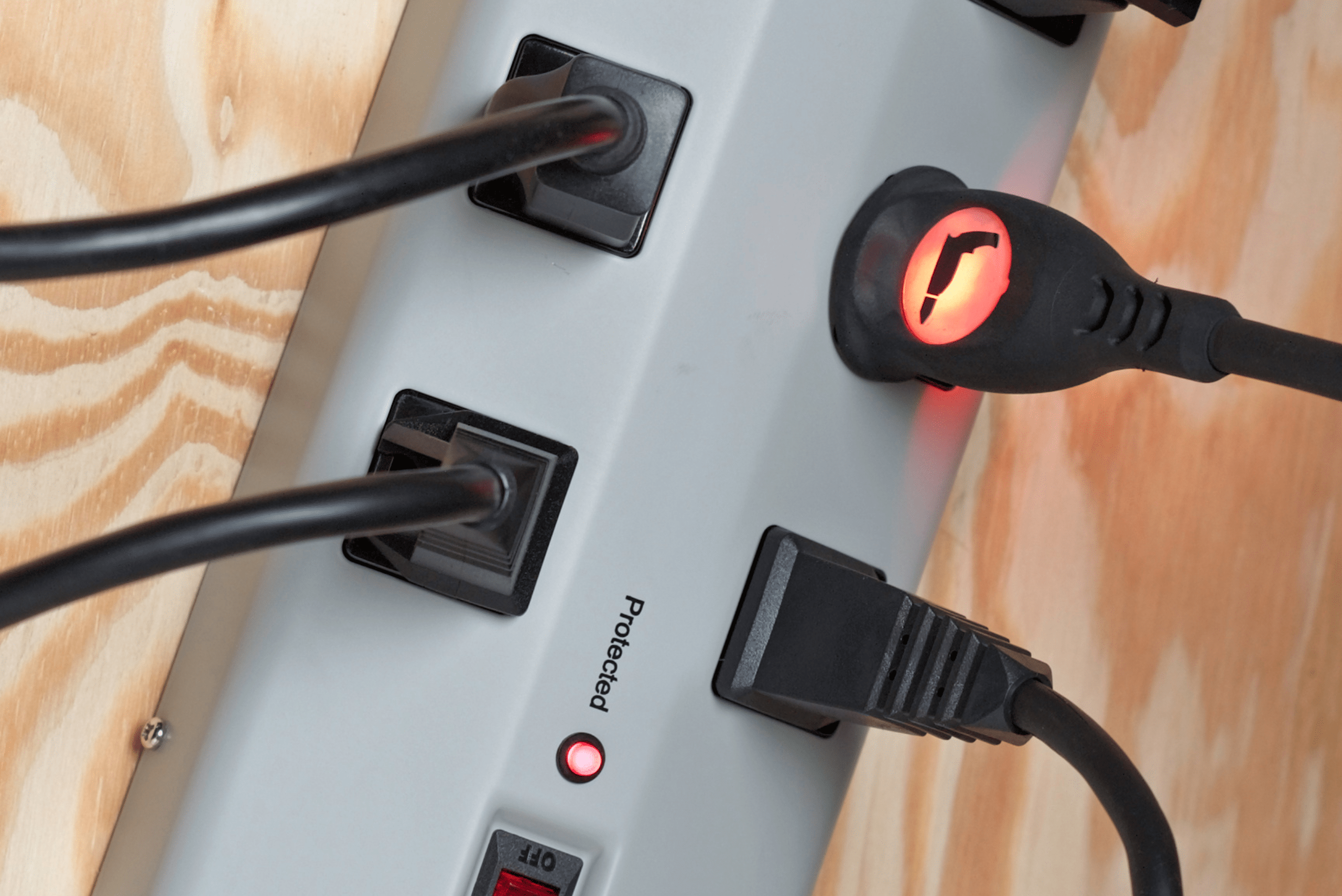The Critical Reason to Check Your Surge Protectors Before the Next Storm
Storms bring unpredictable surges that can wreak havoc on your electronic devices. A well-functioning surge protector acts as the first line of defense against these power spikes. But are your surge protectors up to the task? Here’s why checking them before the next storm is critical.
Understanding the Role of Surge Protectors
Surge protectors shield your electronic devices from power surges, which are sudden spikes in electrical voltage. These spikes can originate from lightning strikes, downed power lines, or fluctuations in the power grid. Without a surge protector, your devices face a higher risk of damage or complete failure.
A surge protector works by diverting excess voltage away from your devices and into the grounding wire. However, over time, their components wear out, reducing their effectiveness. This degradation makes regular checks essential.

Signs Your Surge Protector Needs Attention
How can you tell if your surge protector is no longer effective? One obvious sign is visible damage, such as melted plastic or burn marks. These indicate that the device has absorbed significant voltage and may no longer offer adequate protection.
Another sign is the absence of the indicator light. Most surge protectors come with a light that signals their functionality. If this light is off, the protective components may have failed, even if the outlets still function.

The Risks of Neglecting Surge Protector Maintenance
Failing to maintain your surge protectors can lead to costly consequences. A faulty surge protector might not prevent a surge from damaging your valuable electronics, such as computers, televisions, or gaming systems.
Beyond financial loss, electrical surges can pose safety hazards. Overloaded or damaged surge protectors can overheat, potentially leading to fires. Regular inspections can mitigate these risks and ensure peace of mind.

How to Inspect Your Surge Protectors
Inspecting your surge protectors is a straightforward process. Start by unplugging the device and examining it for any visible signs of wear and tear. Look for discoloration, frayed cords, or unusual odors, all of which indicate a problem.
Next, test the functionality of the indicator light. If it’s not illuminated, consider replacing the surge protector. Also, verify the product’s warranty and lifespan—many models have a specific time frame during which they remain effective.

When to Replace Surge Protectors
Knowing when to replace a surge protector is just as important as maintaining it. Most surge protectors have a lifespan of three to five years, but this can vary based on the frequency of power surges in your area.
If your surge protector has protected against a significant surge, it may need replacement sooner. Always keep a record of purchase dates and consider investing in models with higher joule ratings for better durability and protection.

Related Articles
- How to Rough In Electrical Wiring For Your Home
- Quick Guide to GFCI Outlet Wiring for Safe and Reliable DIY Installation
- The Crucial Differences Between 15-Amp and 20-Amp Outlets
Checking your surge protectors before the next storm isn’t just a precaution; it’s a necessity for protecting your electronics and ensuring household safety. By understanding their role, recognizing signs of wear, and knowing when to replace them, you can stay ahead of potential disasters. Don’t wait for the storm to strike—inspect your surge protectors today.
Ready to start your next project? Join our DIY community to receive tool tips, how-to guides, and exclusive creative insights. Subscribe to the ManMadeDIY newsletter now! Click here to unlock a world of hands-on inspiration.









